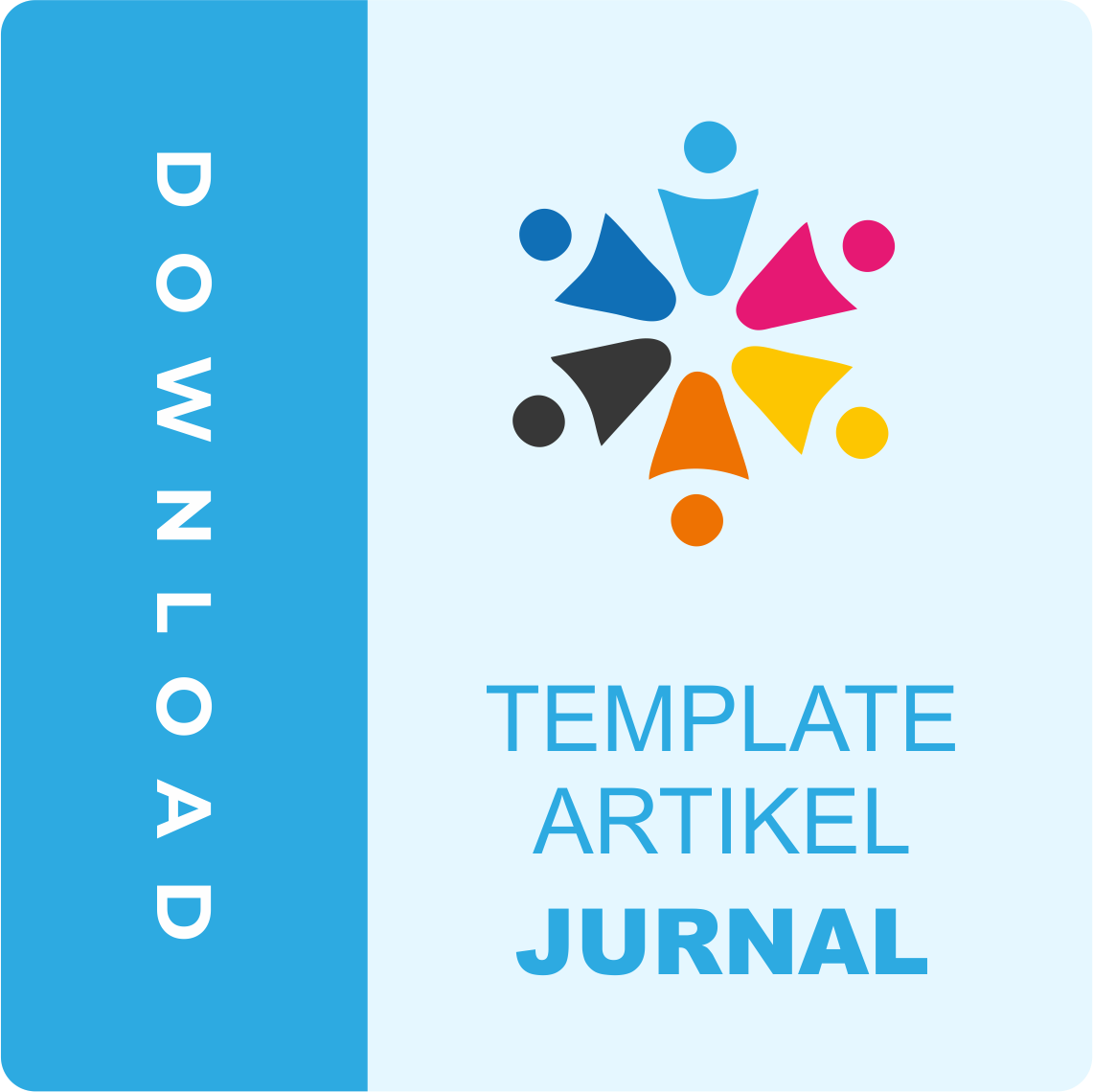Pedagogy Designing With Augmented Reality: a Paradigm Shift in Educational Approaches
With Augmented Reality (AR) emerging as a revolutionary tool that reshapes conventional learning paradigms, the fusion of technology and education has given rise to creative educational approaches. This essay offers a thorough examination of augmented reality's place in education, highlighting its potential to improve pedagogy, engage students, and fundamentally alter the educational landscape. The essay starts by defining augmented reality as a link between the real and virtual worlds that provides an immersive and interactive learning experience. It explores the many uses of augmented reality, including anatomy classes with 3D interactive models and historical reenactments that take pupils back in time. These case studies show how augmented reality encourages participation, improves comprehension, and contextualizes learning materials. The fundamental ideas that underpin successful AR-enhanced schooling are presented in this study. It places a strong emphasis on scaffolding learning experiences, interaction, contextual relevance, and alignment with learning objectives. The difficulties of deploying AR are also discussed, giving educators ideas for a successful integration. These difficulties include technology infrastructure, educator training, content quality, and economic considerations. The research focuses on the potential of augmented reality to foster active learning. The relationship between augmented reality (AR) and active learning is examined, emphasizing the ways in which AR supports collaborative activities, problem-solving, and individualized learning paths. By imagining the role that augmented reality (AR) will play in future education, including personalized learning, virtual field excursions, mixed reality collaboration, and AI-driven adaptive learning, the essay demonstrates the revolutionary power of AR. The ethical challenges surrounding AR in the classroom are also covered, with a focus on the importance of addressing data protection, digital literacy, and responsible technology use. In order to prepare students for the challenges of a connected world while nurturing a lifetime love of learning, the study finishes by presenting augmented reality as a cornerstone of educational design. In essence, this article offers a thorough analysis of Augmented Reality's effects on education, highlighting its potential to transform pedagogy, improve learning opportunities, and influence the direction of education in the future. Educators are given a comprehensive grasp of how to use augmented reality to build immersive, successful learning environments by looking at case studies, design principles, difficulties, and future prospects
Copyright (c) 2023 Sk Rezwan Shihab, Nahida Sultana, Abdul Samad

This work is licensed under a Creative Commons Attribution-ShareAlike 4.0 International License.




